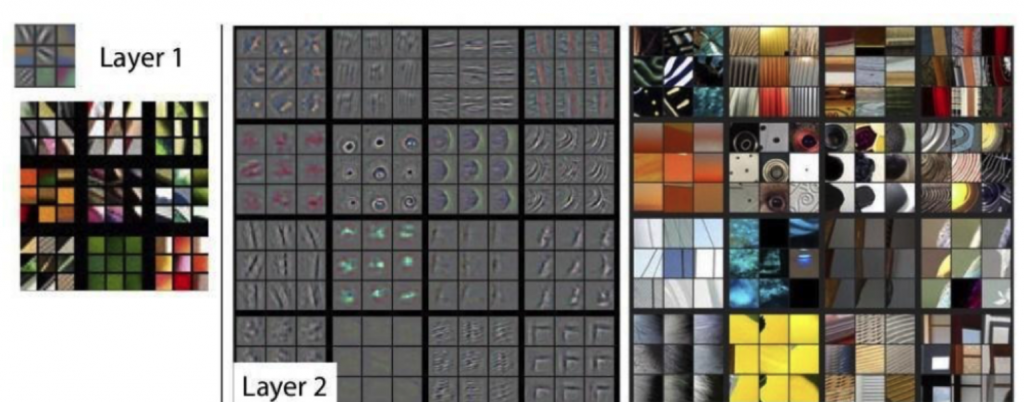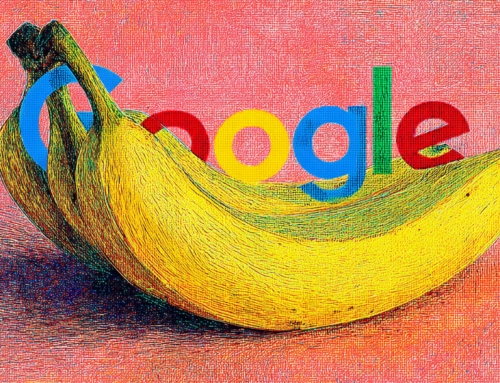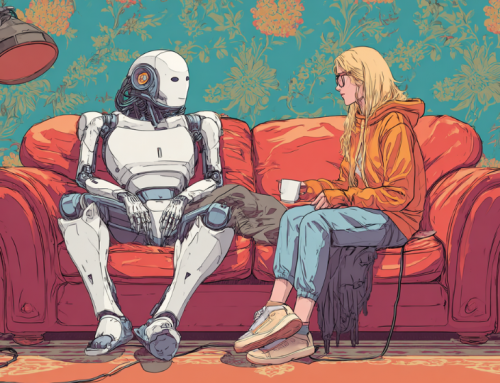
Neural Networks view the world in layers.
Do You See What AI Sees?
One of the challenges computer scientists have grappled with since the 1950s has been to create machines that can make sense of photos and videos like humans do. The field of computer vision has become one of the hottest areas of research in computer science and artificial intelligence.
Ben Dickson of pcmag.com has taken a look at computer vision and examined the history of it in a story on how it is continues to improve.
In 1966, Seymour Papert and Marvin Minsky, two pioneers of artificial intelligence, launched the Summer Vision Project, a two-month, 10-person effort to create a computer system that could identify objects in images.
To accomplish the task, a computer program had to be able to determine which pixels belonged to which object. This is a problem that the human vision system, powered by our vast knowledge of the world and billions of years of evolution, solves easily. But for computers, whose world consists only of numbers, it is a challenging task.
At the time of this project, the dominant branch of artificial intelligence was symbolic AI, also known as rule-based AI. Programmers manually specified the rules for detecting objects in images. But the problem was that objects in images could appear differently from different angles and in various lighting scenarios. The object might appear against a range of different backgrounds or be partially occluded by other objects. Each of these scenarios generates different pixel values, and it’s practically impossible to create manual rules for every one of them.
In the 1980s, French computer scientist Yan LeCun introduced the convolutional neural network (CNN), an AI system inspired by Fukushima’s neocognitron. A CNN comprises multiple layers of artificial neurons, mathematical components that roughly imitate the workings of their biological counterparts.
Facial Recognition
One field that has seen remarkable progress thanks to advances in computer vision is facial recognition. Apple uses facial-recognition algorithms to unlock iPhones. Facebook uses facial recognition to detect users in pictures you post online (though not everyone is a fan). In China, many retailers now provide facial-recognition payment technology, relieving their customers of the need to reach into their pockets.
It makes more practical sense than implanting a chip id into employees’ hands, a method being used in some Scandinavian countries
Dickson wrote a comprehensive article explaining the evolution of computer vision and its current state. He included many links to back up his information and if you have any interest in this subject we highly recommend you take time to read and understand this technology. It is lengthy, but fascinating.
read more at pcmag.com







Leave A Comment